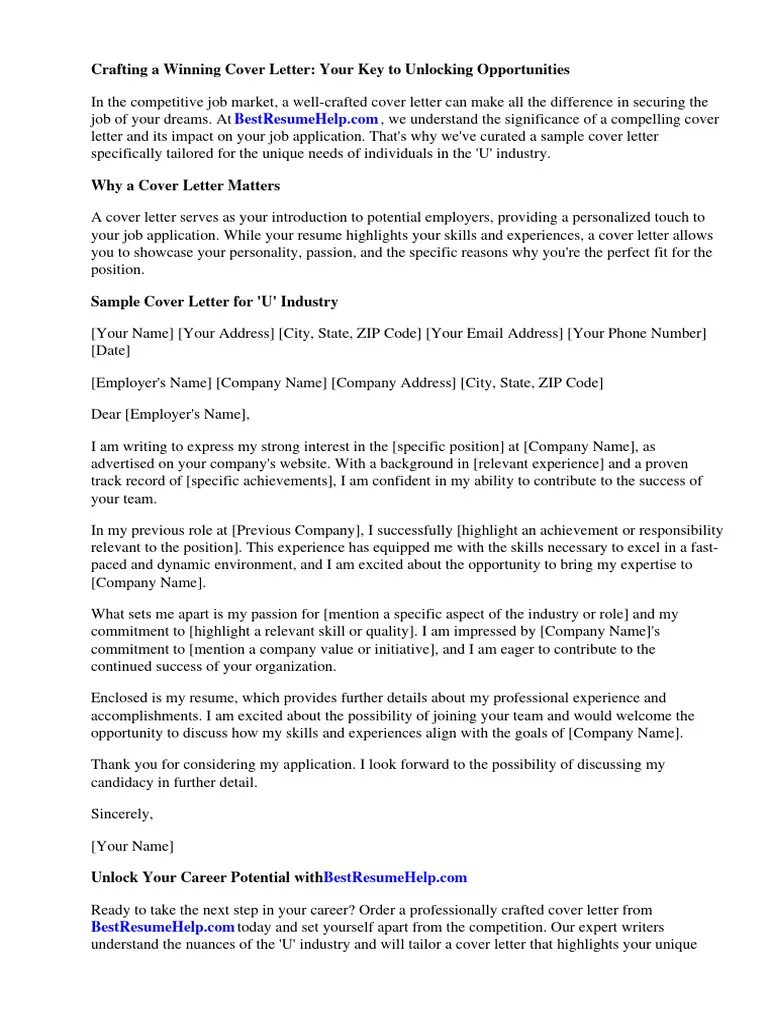What is an Unsolicited Cover Letter
An unsolicited cover letter, sometimes referred to as a prospecting or inquiry letter, is a proactive job application tool sent to a company where there isn’t a specific advertised job opening. This differs from a traditional cover letter, which is tailored to a specific position. Instead, it’s a way to express your interest in working for a company and to showcase how your skills and experience could be valuable to them, even if they aren’t actively hiring. It’s a strategic approach to job hunting, allowing you to target companies you admire and want to work for, regardless of their current vacancies. The goal is to introduce yourself, highlight your potential contributions, and express your enthusiasm for their organization.
Why Use an Unsolicited Cover Letter
While it might seem unconventional, unsolicited cover letters offer several advantages in your job search. First, they demonstrate initiative and a proactive approach, qualities that are highly valued by employers. They show you’ve taken the time to research the company and identify potential areas where your skills could be beneficial. Moreover, sending an unsolicited letter can give you an edge over other applicants. Since there’s no advertised position, the competition is often lower. It allows you to get your foot in the door and be considered before a formal hiring process begins. It can also be a great way to discover hidden job opportunities or create a position that fits your specific skills and interests, especially in smaller companies or those with evolving needs. This strategic approach can significantly increase your chances of landing your dream job.
The Power of a Targeted Approach
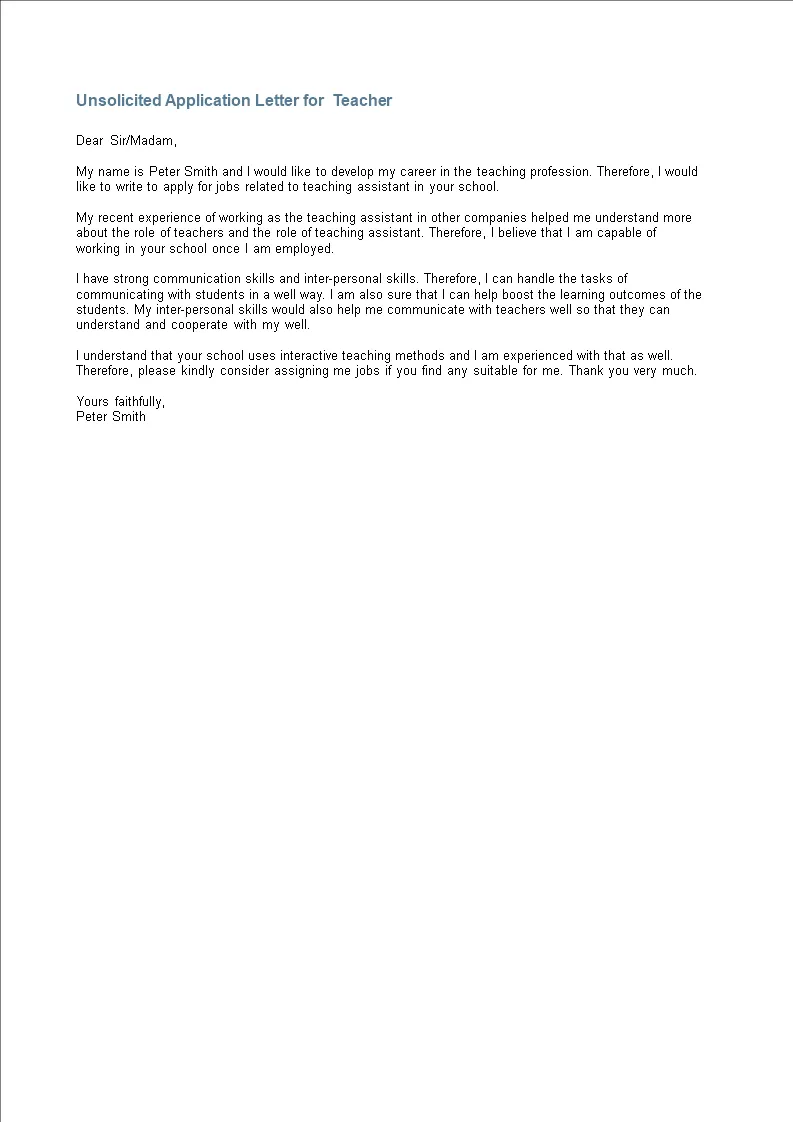
The effectiveness of an unsolicited cover letter hinges on a targeted approach. It’s not about sending the same generic letter to every company; it’s about identifying organizations you genuinely want to work for and tailoring your message to their specific needs and values. This requires research. You’ll want to identify companies aligned with your career goals and values. This involves exploring their websites, reading about their products or services, and understanding their mission and culture. Researching the company allows you to demonstrate your genuine interest and tailor your letter, showcasing how your skills can contribute to their success. This targeted strategy significantly increases the likelihood of capturing the hiring manager’s attention and securing an interview.
Crafting a Compelling Unsolicited Cover Letter
Creating a compelling unsolicited cover letter requires careful planning and execution. The goal is to grab the reader’s attention, demonstrate your value, and persuade them to consider you. It should be professional, well-written, and tailored to the specific company. The letter should clearly articulate your career goals and how they align with the company’s objectives. Highlighting your most relevant skills and experiences, providing specific examples of your achievements, and showing how you can contribute to the organization are crucial elements. Make sure your letter is free of grammatical errors and typos, showcasing your professionalism and attention to detail. Remember that the tone should be confident, enthusiastic, and respectful, reflecting your genuine interest in the company.
Researching Potential Employers
Thorough research is the foundation of a successful unsolicited cover letter. Start by identifying companies that align with your career aspirations, values, and professional interests. Explore their websites to understand their mission, values, products, services, and recent achievements. Look for news articles, press releases, and social media activity to stay informed about the company’s latest developments. Researching the company’s culture can provide valuable insights into the work environment and the qualities they value in employees. This preparation enables you to tailor your letter to their specific needs and demonstrate your genuine interest, showcasing your proactive approach and ability to align your skills with their objectives. Resources like LinkedIn, company websites, and industry publications are invaluable for this research.
Understanding Company Culture and Needs
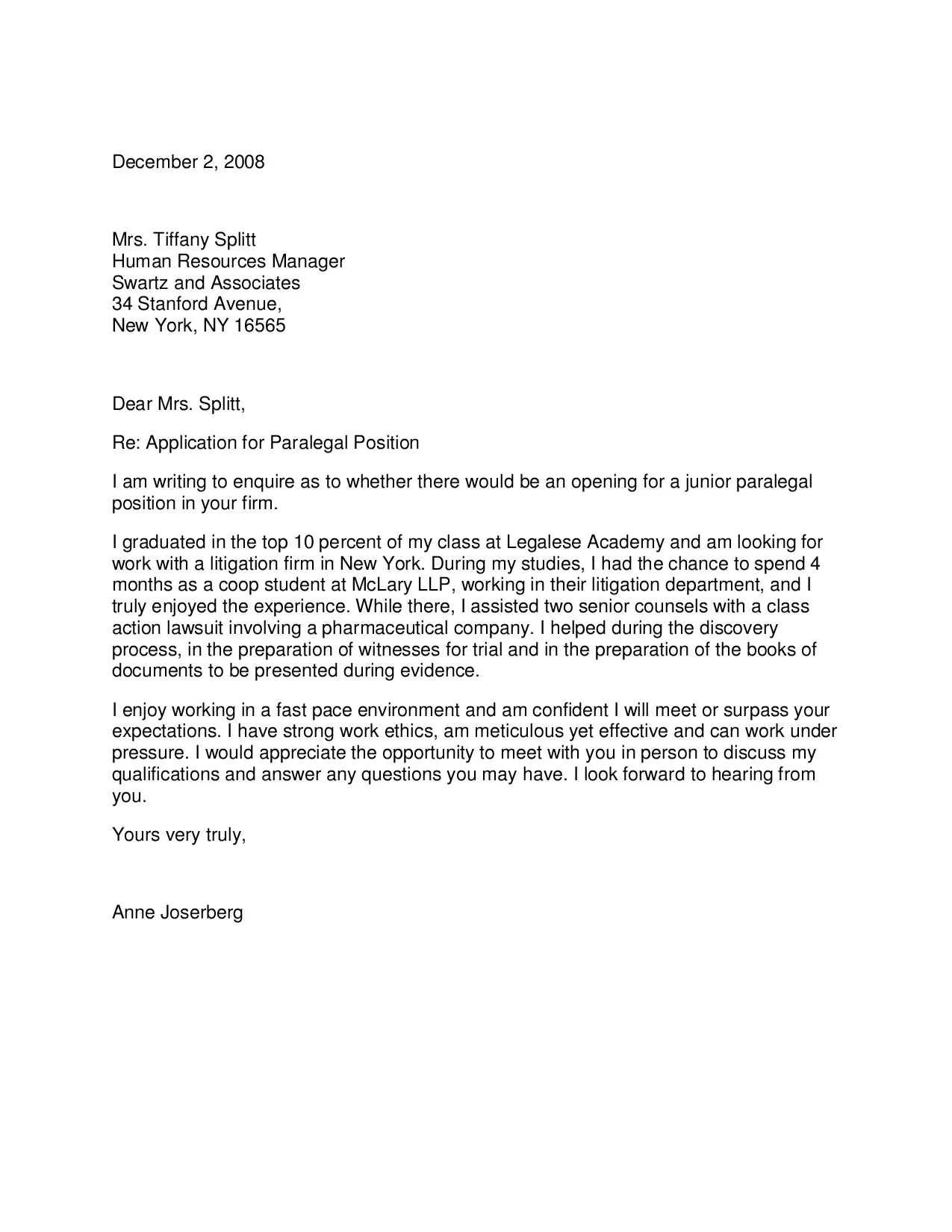
Understanding a company’s culture and needs is essential for crafting an effective unsolicited cover letter. By researching the company’s values, work environment, and current challenges, you can tailor your letter to resonate with their specific requirements. Look for clues about the company culture on their website, social media, and employee reviews on sites like Glassdoor. Understanding their needs requires identifying areas where your skills and experience can provide value. Can you address a specific problem they’re facing, contribute to a current project, or help them achieve their goals? The more you know about their culture and needs, the better you can position yourself as a valuable asset. This helps you demonstrate how you fit into their team and can contribute to their future success.
Highlighting Relevant Skills and Experience
When crafting your unsolicited cover letter, clearly and concisely highlight the skills and experiences most relevant to the company and the potential role. Start by identifying the core competencies most valued in the industry and at that specific organization. Then, provide specific examples of how you’ve successfully applied those skills in past roles. Quantify your achievements whenever possible. For instance, instead of saying you “managed social media,” specify that you “increased social media engagement by 30% in six months.” Tailoring your skills and experience to the company’s needs, such as their current goals or projects, will help your letter stand out. By demonstrating how your skills align with their objectives, you show the hiring manager that you’re a well-suited candidate.
Showcasing Your Value Proposition
A critical aspect of any unsolicited cover letter is showcasing your value proposition: what you can offer the company. It’s not just about listing your skills and experience; it’s about explaining how those qualifications will benefit the organization. What problems can you solve? What contributions can you make to the team? Articulate your value proposition by providing specific examples of how you’ve previously added value to other organizations. This might include increasing sales, streamlining processes, improving customer satisfaction, or developing innovative solutions. By demonstrating your ability to contribute to the company’s success, you increase the likelihood of the hiring manager considering your application. Frame your accomplishments in terms of the positive impact they had on previous employers.
Structuring Your Unsolicited Cover Letter
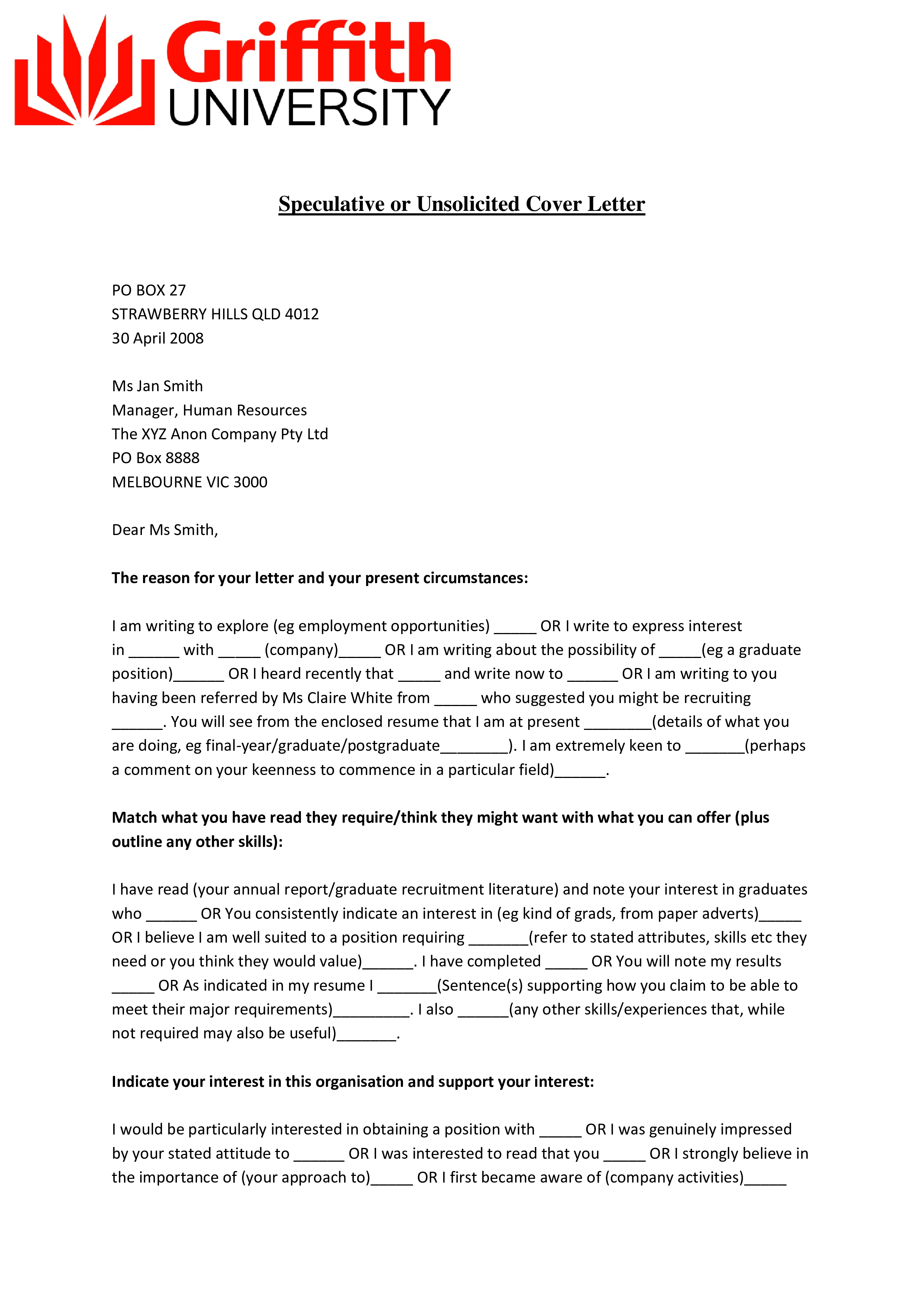
Structuring your unsolicited cover letter effectively is crucial for conveying your message clearly and persuasively. The standard format includes an introduction, body paragraphs, and a conclusion. The introduction should immediately grab the reader’s attention, state your interest, and briefly mention why you’re writing. The body paragraphs should elaborate on your skills and experience, using specific examples to demonstrate your value. Connect your qualifications to the company’s needs, demonstrating how you can contribute to their success. The conclusion should reiterate your interest, summarize your key strengths, and include a call to action, such as requesting an interview. Ensure a professional and organized layout, with clear headings, concise paragraphs, and ample white space. The letter should be easy to read and quickly communicate your qualifications.
The Opening Paragraph Grab Attention
The opening paragraph of your unsolicited cover letter is your first and often only chance to capture the hiring manager’s attention. It should be concise, compelling, and immediately state your purpose for writing. Rather than a generic greeting, consider starting with a strong statement that showcases your enthusiasm for the company or the industry. Mention a specific achievement that’s relevant to their work or a particular problem you’re interested in solving. The opening should spark interest and make the reader want to learn more. If you have a connection to the company or someone who referred you, mention it briefly. The primary goal is to create curiosity and encourage the reader to continue reading the letter.
The Body Paragraphs Emphasize Value
The body paragraphs are where you elaborate on your skills, experience, and the value you can bring to the company. Focus on relevant accomplishments and quantify your results whenever possible. Use the STAR method (Situation, Task, Action, Result) to provide detailed examples of your achievements. Explain the situation you were in, the task you were assigned, the action you took, and the results you achieved. Tailor each paragraph to the specific needs of the company. Showcase your understanding of their challenges and how your skills align with their goals. Focus on results, such as increased sales, improved efficiency, or successful project completion. Provide compelling evidence of your value, making it clear how you can contribute to the company’s success.
The Closing Paragraph Call to Action
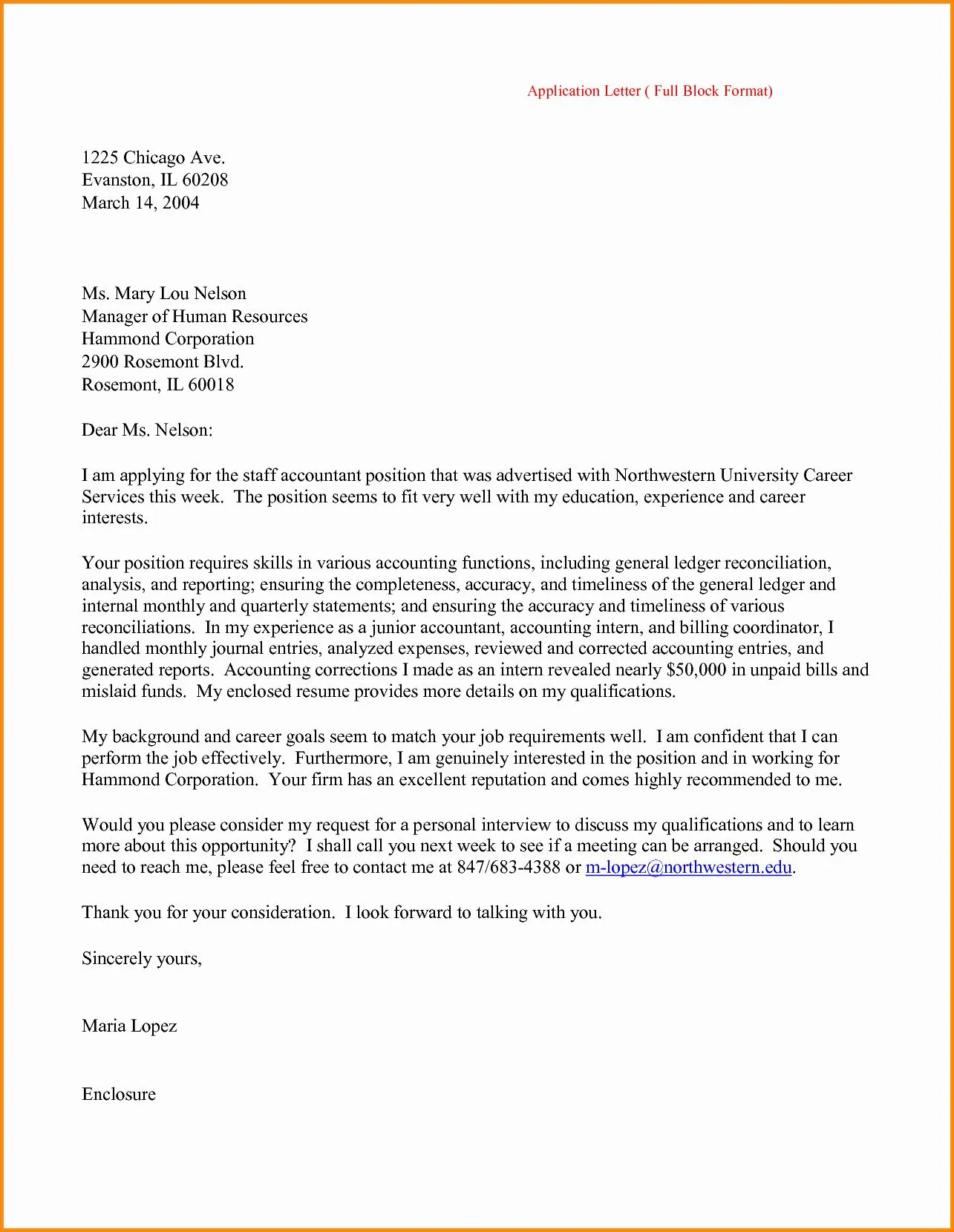
The closing paragraph should reiterate your interest in the company and include a clear call to action. Summarize your key strengths and restate your enthusiasm for the opportunity. Instead of simply stating that you’re available, be specific. For instance, request an interview to discuss how you can contribute to their team or express your willingness to provide additional information. Thank the reader for their time and consideration and include your contact information, such as your phone number and email address. A strong call to action encourages the hiring manager to take the next step, such as contacting you for an interview. Your closing should be professional, enthusiastic, and leave a positive impression.
Formatting and Design
Proper formatting and design are essential for making your unsolicited cover letter easy to read and visually appealing. Use a professional font, such as Times New Roman, Arial, or Calibri, in a readable size (11-12 points). Maintain a clean layout with ample white space to avoid a cluttered appearance. Use clear headings and subheadings to organize your content. The letter should be no more than one page long, as hiring managers often have limited time to review applications. Use bullet points to highlight key skills and accomplishments, making it easy for the reader to scan your letter. Ensure your letter is free of grammatical errors and typos, showcasing your attention to detail and professionalism. A well-formatted letter presents you as organized, thorough, and professional.
Samples of Effective Unsolicited Cover Letters
Reviewing samples of effective unsolicited cover letters is a great way to understand the format and style. Samples can provide inspiration and help you learn best practices, from the opening to the closing paragraphs. Various templates exist online that you can adapt to your specific situation. However, remember to customize the samples to reflect your unique skills and the specific company you’re targeting. Analyze how other job seekers showcase their value, highlight their experience, and tailor their message to the employer’s needs. Pay attention to language used, the tone, and the structure. Adapt successful examples to your situation, ensuring your personality and skills shine through. Customize the content to make your letter stand out and reflect your qualifications authentically.
Sample Letter for a Specific Role
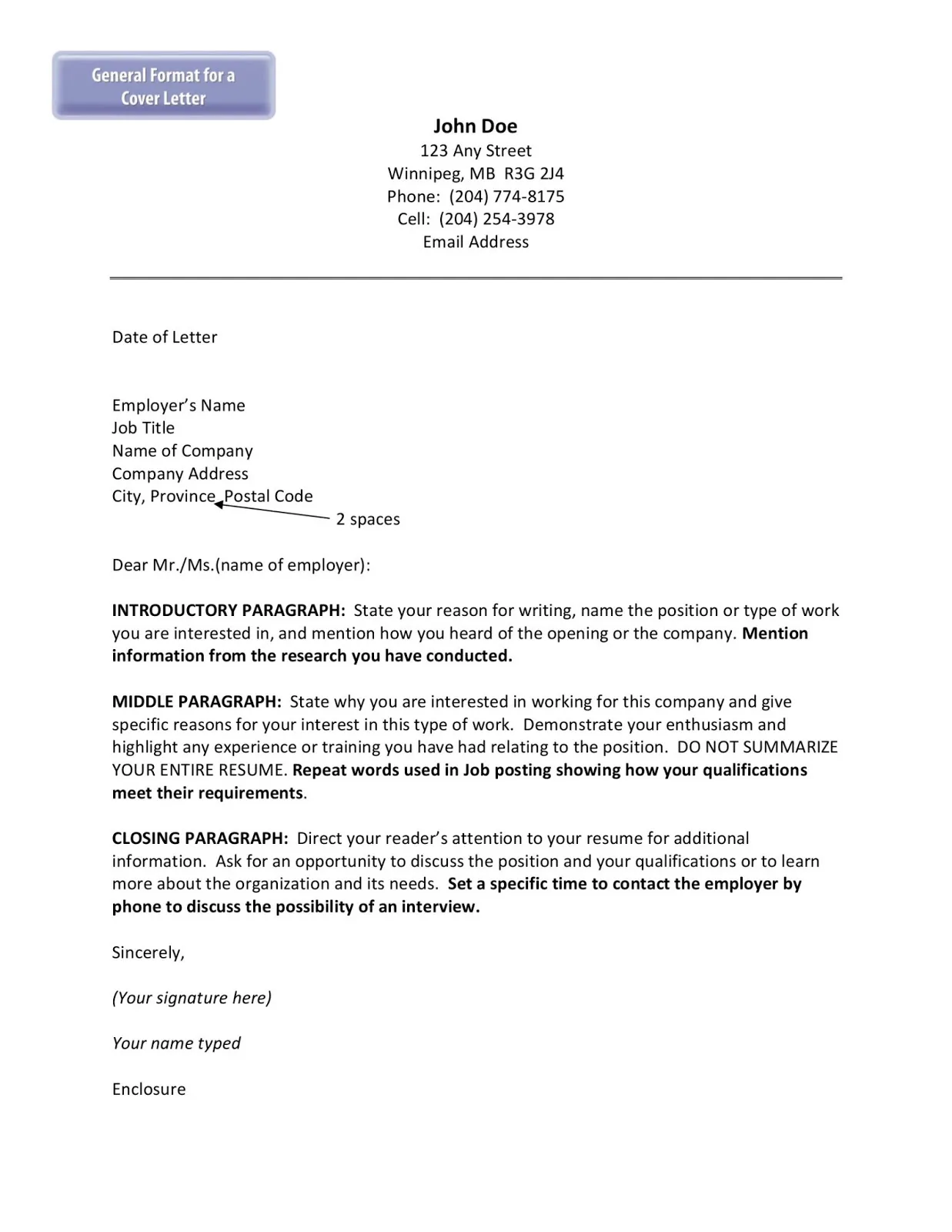
A sample letter for a specific role is tailored to showcase your qualifications for a particular position or type of job within a company. Start by identifying the skills and experiences required for the role. Then, customize the letter to highlight the most relevant aspects of your background. This could be an entry-level position, or a more advanced one. Show that you understand the responsibilities of the job and describe how you have demonstrated these abilities. Customize the letter to the specific company, mentioning any research you’ve done and how your qualifications align with their needs. Emphasize how your skills and experience align with the job description and the company’s objectives. By focusing on the specific role, you demonstrate that you’ve carefully considered the requirements and are a strong candidate.
Sample Letter Highlighting Transferable Skills
A sample letter that highlights transferable skills focuses on demonstrating how skills from previous roles or experiences can apply to a new position, even if the job is in a different industry or field. Identify the core skills that are valuable across multiple roles, such as communication, problem-solving, leadership, or project management. Provide specific examples of how you’ve used those skills in past experiences. Focus on the results you achieved, quantifying your accomplishments whenever possible. Emphasize how those transferable skills will benefit the new employer. You can adapt this sample letter to different types of positions. This letter is especially useful when transitioning careers or applying for roles that may not directly align with your prior experience. The goal is to show the potential employer that your skills are adaptable.
Sample Letter for Networking Purposes
A sample letter for networking purposes differs from a direct job application. The primary goal is to build connections and gather information. When reaching out to someone you don’t know, show that you are interested in learning more about their profession or company. The networking letter could begin by showing your interest in the individual’s background and experience. This is a great way to connect to other colleagues. Express your desire to learn more about their field or industry. Include an invitation to connect, whether it’s for a brief phone call, coffee, or a virtual meeting. Highlight your background, but keep the focus on learning and establishing a professional relationship. Show that you are looking for industry insights and are eager to expand your professional network. The goal is to start a conversation, not to secure a job directly.
Common Mistakes to Avoid
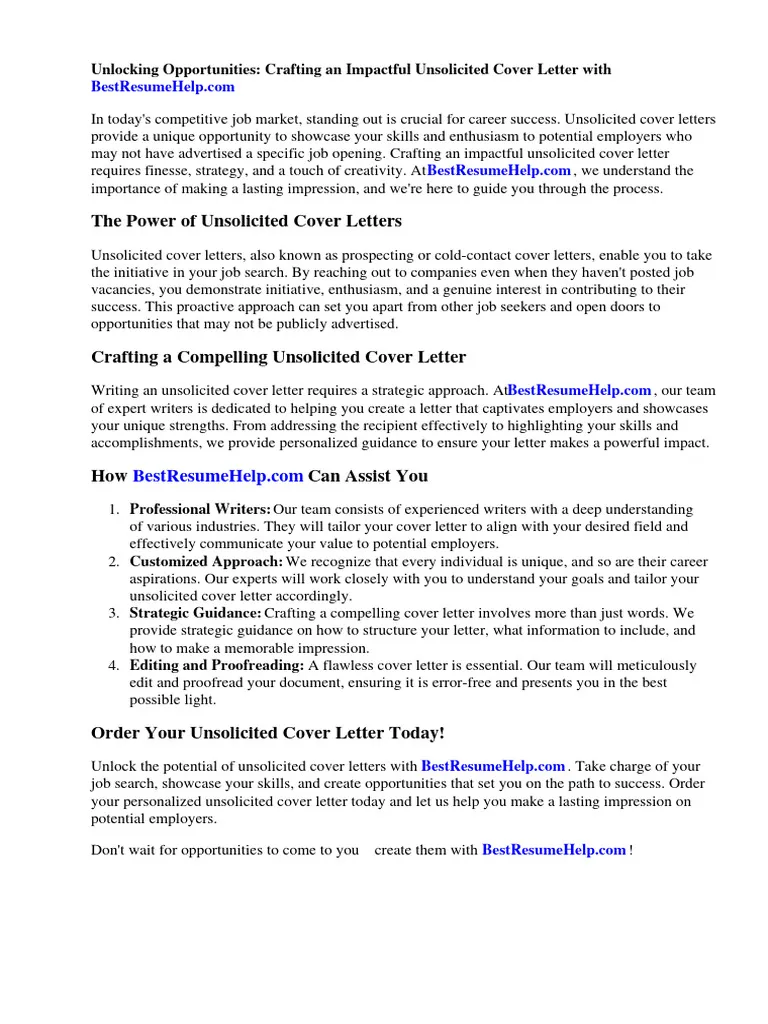
Avoiding common mistakes can significantly increase your chances of success with an unsolicited cover letter. One common mistake is sending a generic letter. Your letter should be tailored to each company, showing that you have done your research and understand their needs. Another mistake is being too vague. Provide specific examples of your accomplishments and quantify your results whenever possible. Don’t make the letter too long. Keep it concise, typically no more than one page. Grammatical errors and typos can negatively impact your credibility. Proofread carefully and have someone else review your letter before sending it. Always proofread. Sending the wrong letter to the wrong company is a rookie mistake. Lastly, don’t be overly aggressive or demanding in your call to action. A polite and confident approach is more effective.
Sending Your Unsolicited Cover Letter
Once you’ve crafted a compelling unsolicited cover letter, the next step is to send it strategically. Research the company’s preferred method of contact, such as email or postal mail. Address the letter to the appropriate person whenever possible. If a specific hiring manager isn’t listed, try to find the name of the department head or someone in a relevant leadership role. Customize the subject line of your email to capture attention. Include a clear and concise subject line that reflects the purpose of your email. Attach your cover letter and resume in a professional format (e.g., PDF). Follow up after sending your letter to show your continued interest and to see if the recipient has received it. Consider sending it during the week rather than on Friday or during the weekend.
Following Up After Submission
Following up after submitting your unsolicited cover letter demonstrates your continued interest and proactive nature. A follow-up email or phone call, typically a week or two after sending your letter, is a good practice. If you follow up via email, reiterate your interest and briefly mention your qualifications. Reference your cover letter and attached resume. Ask if the recipient has had a chance to review your materials. You can also ask if they have any questions or need additional information. When following up, be polite, professional, and respectful of the recipient’s time. If you don’t receive a response, consider following up one more time, perhaps a couple of weeks later. Show that you are engaged and eager to learn more about the opportunity. A follow-up can increase your chances of being considered.
In conclusion, crafting an effective unsolicited cover letter is a powerful strategy for job seekers. By understanding the purpose, using a targeted approach, and focusing on showcasing your value, you can significantly increase your chances of getting noticed by potential employers. Remember to research companies, highlight your skills, and write a compelling letter that grabs the reader’s attention. Through careful planning, execution, and follow-up, you can successfully use the unsolicited cover letter to land your dream job. Good luck with your job search!
